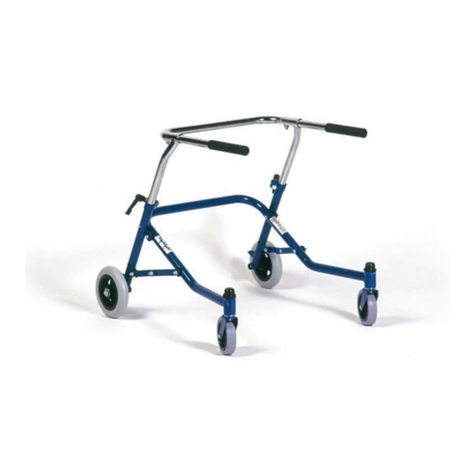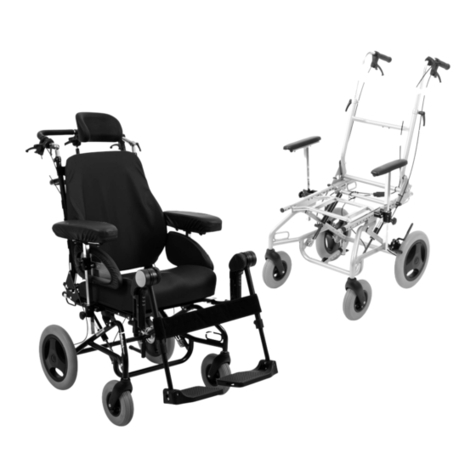Otto Bock Kenevo User manual
Other Otto Bock Mobility Aid manuals

Otto Bock
Otto Bock Xeno User manual

Otto Bock
Otto Bock Kimba User manual

Otto Bock
Otto Bock 3R80 User manual

Otto Bock
Otto Bock SBK 33904.002 User manual
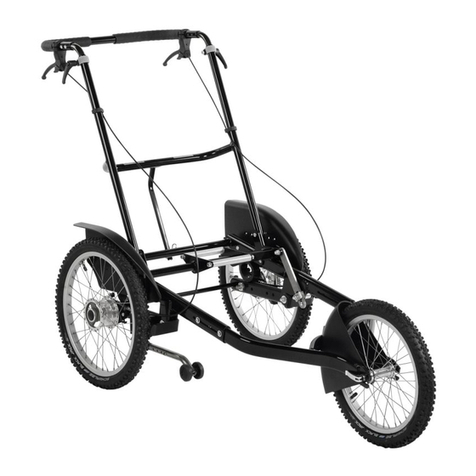
Otto Bock
Otto Bock Kimba neo User manual
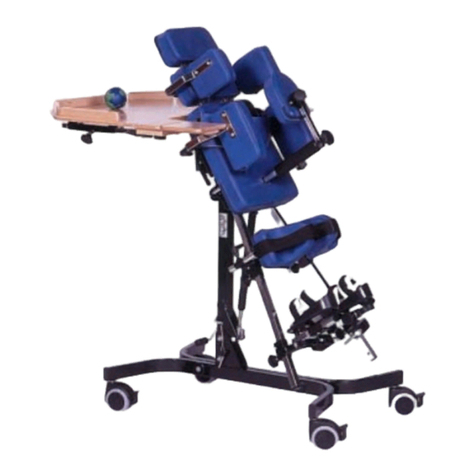
Otto Bock
Otto Bock Charly 2319 User manual
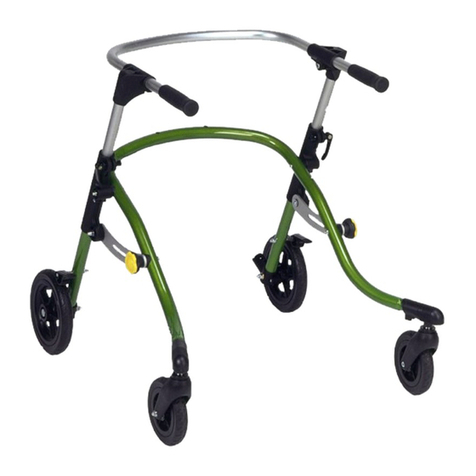
Otto Bock
Otto Bock Nurmi Neo Series User manual
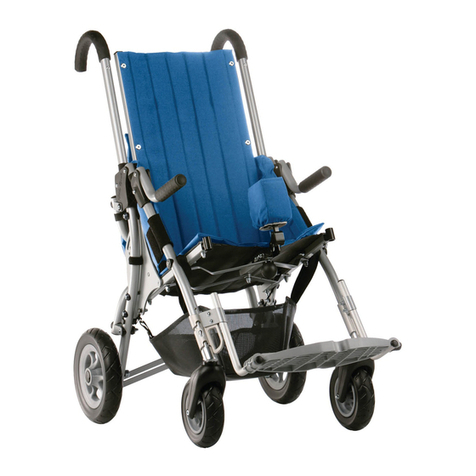
Otto Bock
Otto Bock Lisa User manual

Otto Bock
Otto Bock Walk Star User manual
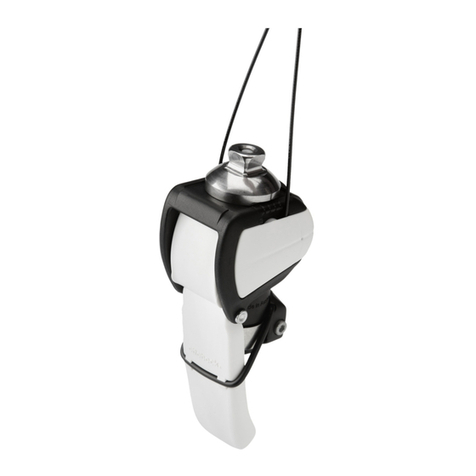
Otto Bock
Otto Bock 3R41 User manual

Otto Bock
Otto Bock Xeno User manual
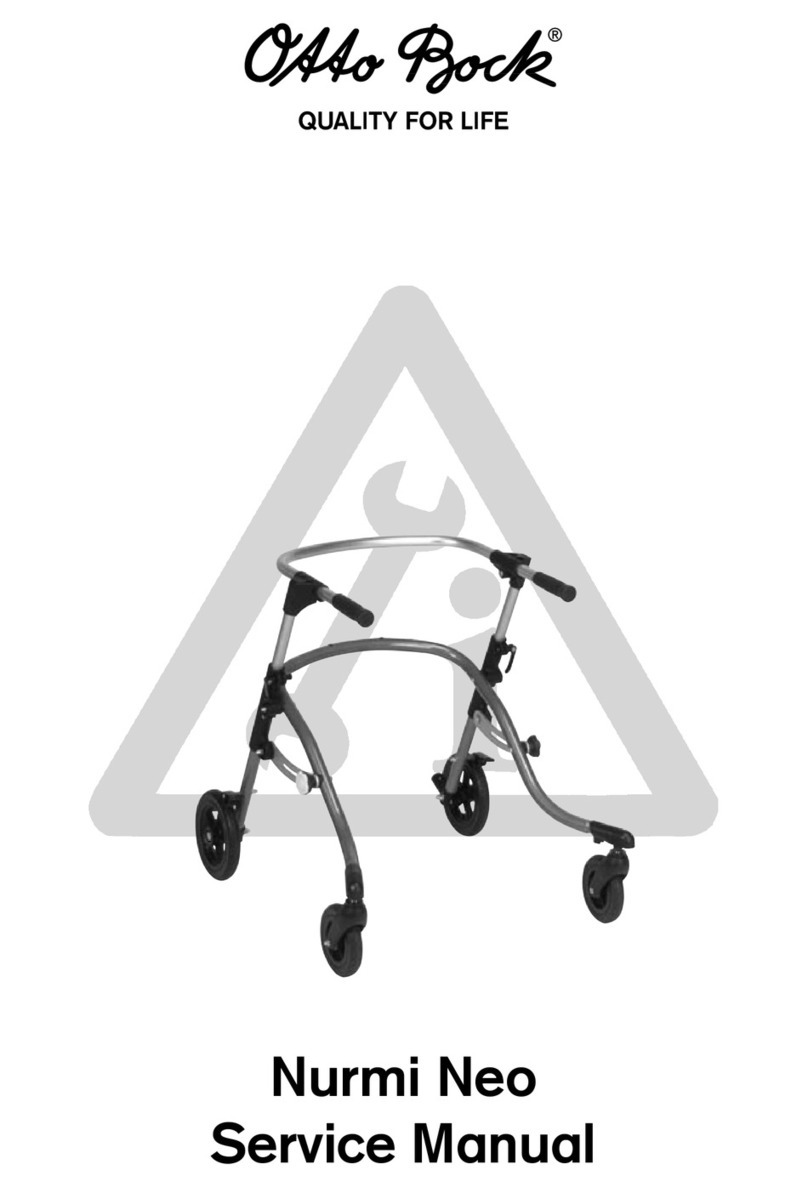
Otto Bock
Otto Bock Nurmi Neo User manual
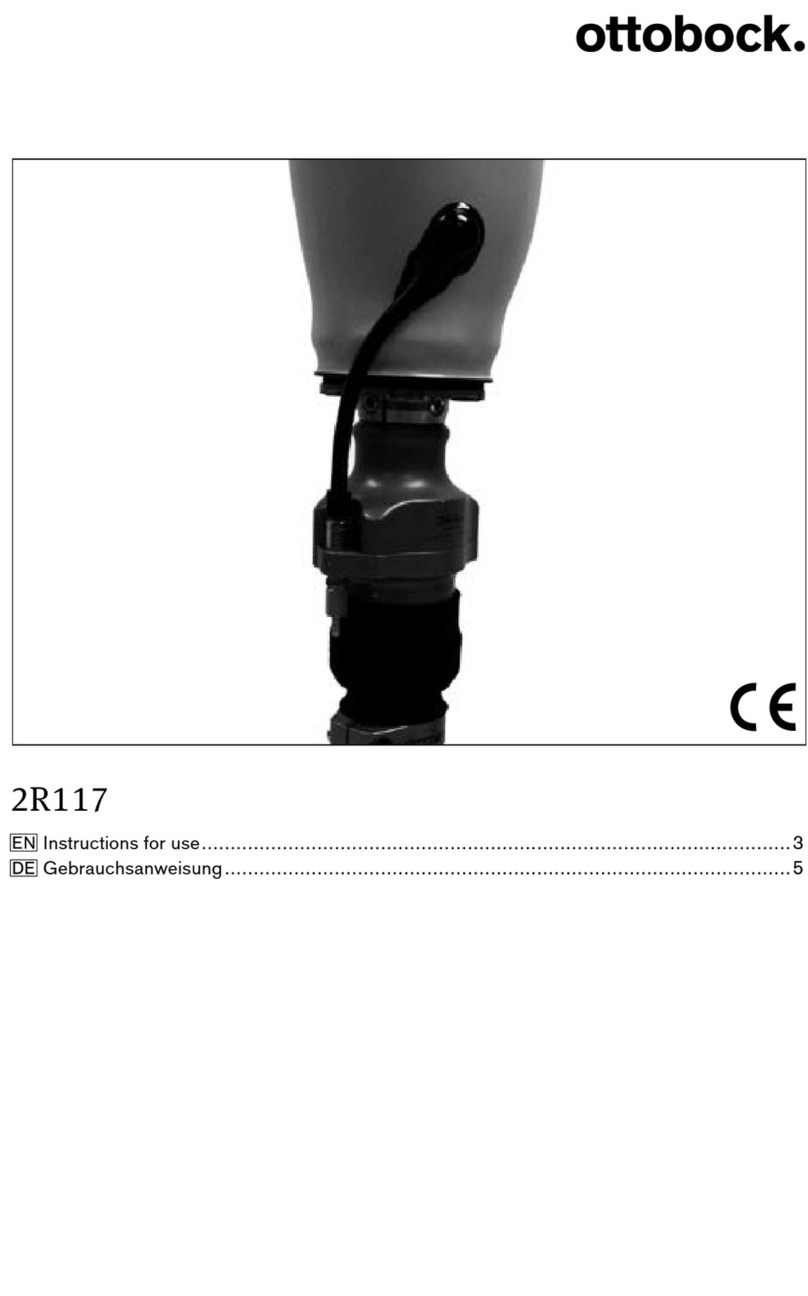
Otto Bock
Otto Bock 2R117 User manual
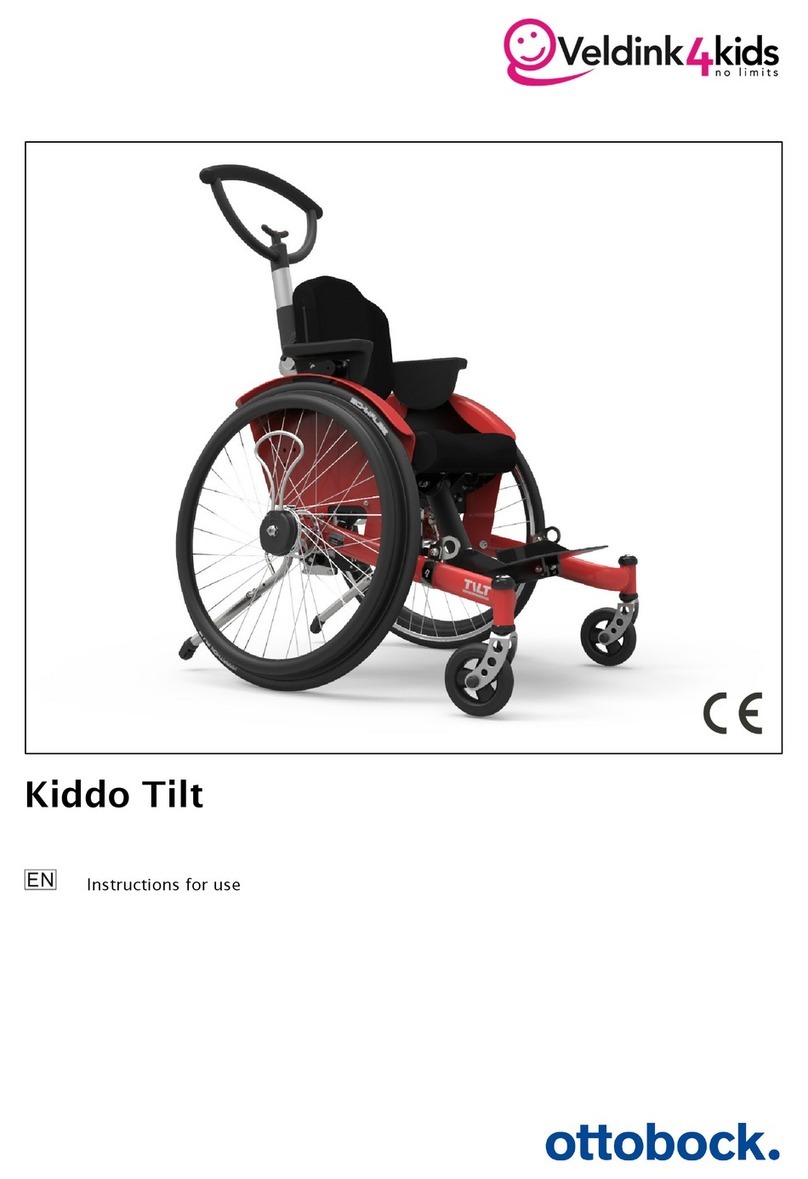
Otto Bock
Otto Bock Veldink4kids Kiddo Classic User manual
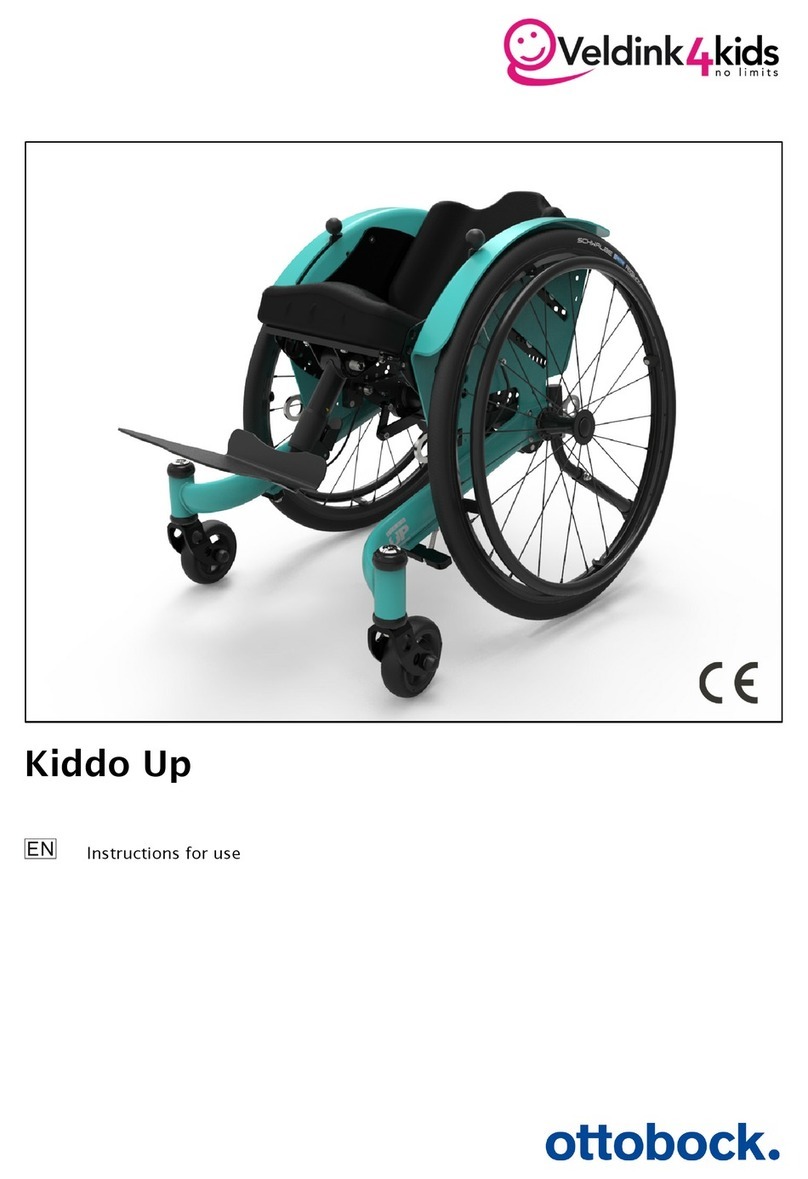
Otto Bock
Otto Bock Veldink4kids Kiddo Classic User manual

Otto Bock
Otto Bock 50S10 Malleo Immobil Walker high User manual

Otto Bock
Otto Bock SKIPPI User manual
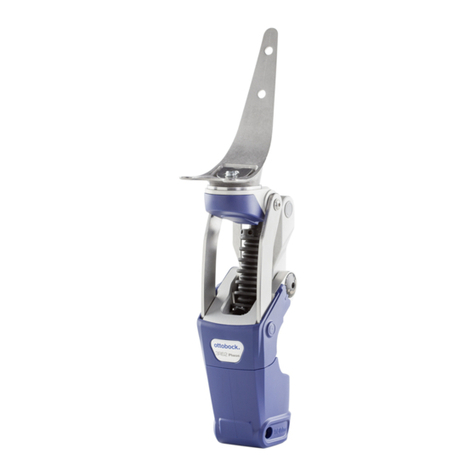
Otto Bock
Otto Bock Pheon 3R62 User manual
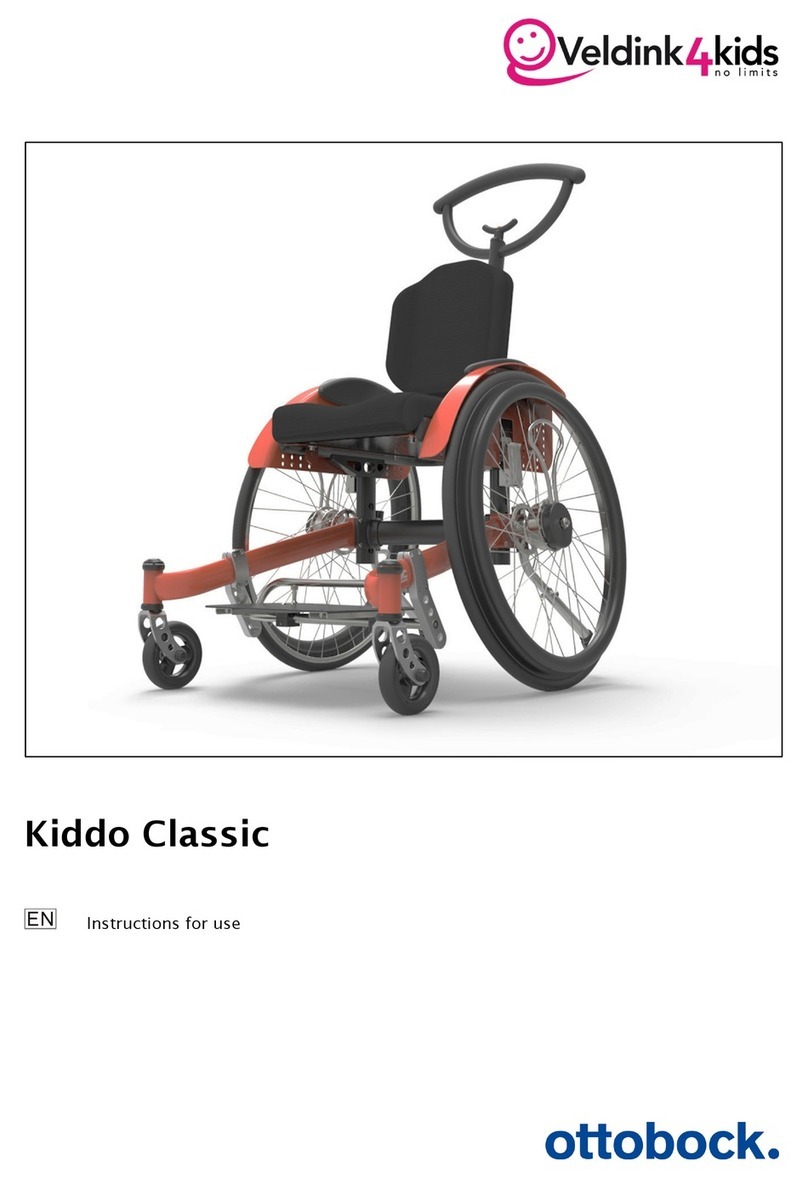
Otto Bock
Otto Bock Veldink4kids Kiddo Classic User manual

Otto Bock
Otto Bock Nurmi Neo User manual
Popular Mobility Aid manuals by other brands

Decon wheel
Decon wheel TNS Notos Assembly instructions

ExoAtlet
ExoAtlet ExoAtlet-II user manual

Invacare
Invacare Storm Series parts catalog

Rhythm Healthcare
Rhythm Healthcare B3800F manual

AMF-BRUNS
AMF-BRUNS PROTEKTOR installation manual

Drive DeVilbiss Healthcare
Drive DeVilbiss Healthcare OTTER Instructions for use

